1. Overall information about the Gian Gua relic
People usually consider Cantho as one of the biggest cities in the Mekong Delta with the bustling Ninh Kieu wharf where many entertaining activities take place. However, this economic and tourist hub also preserves many historical and cultural relics, existing for a long time. Thus, Mekong Smile would introduce the Gian Gua relic to you. After many ups and downs, the beauty of the forest remained unchanged. People believe that the vitality of this kind of tree is eternal. Whenever a branch loses, the buds from other branches will grow more and more quickly to replace this empty part.
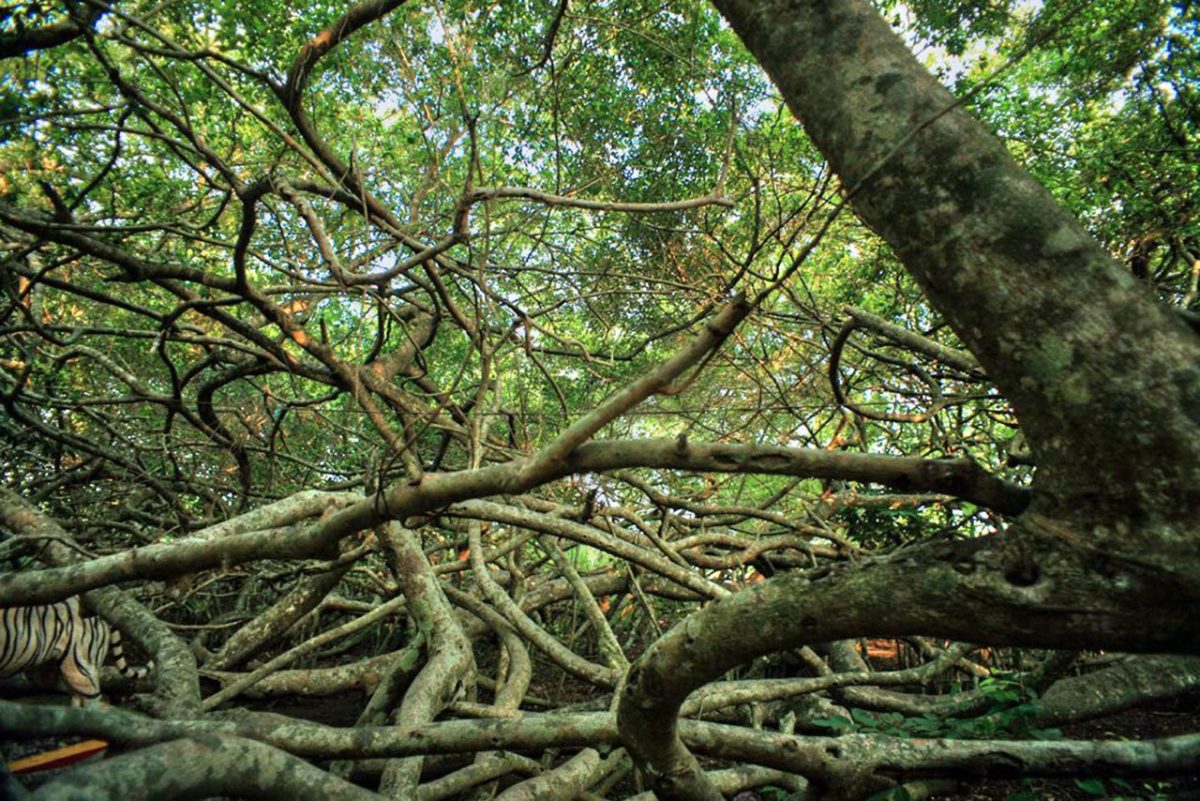
The Gian Gua relic is one of the attractive tourist attractions in Cantho, attracting many people to visit and explore. Every year, the historical site welcomes thousands of tourists to worship and worship Lady Thuong Dong Co Hi. The relic is surrounded by dozens of Gua trees with giant roofs, so it looks mysterious and exotic. Besides, many visitors are curious about historical stories and stories behind the long existence of the Gian Gua relic.
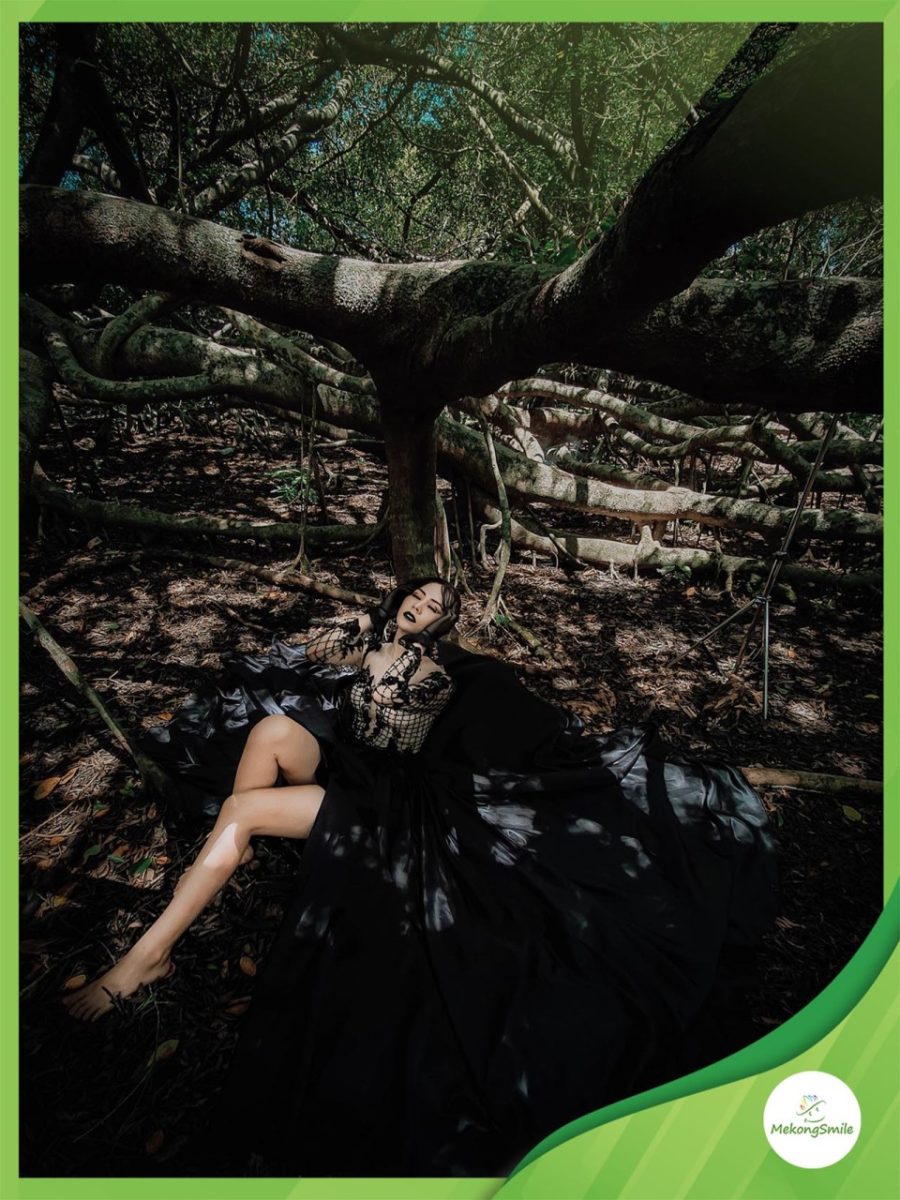
Location
Gian Gua relic, the unique Gua trees forest of Vietnam, is located in Nhon Khanh hamlet, Nhon Nghia commune, Phong Dien district, Can Tho city; which is about 14km from the center of Can Tho city.
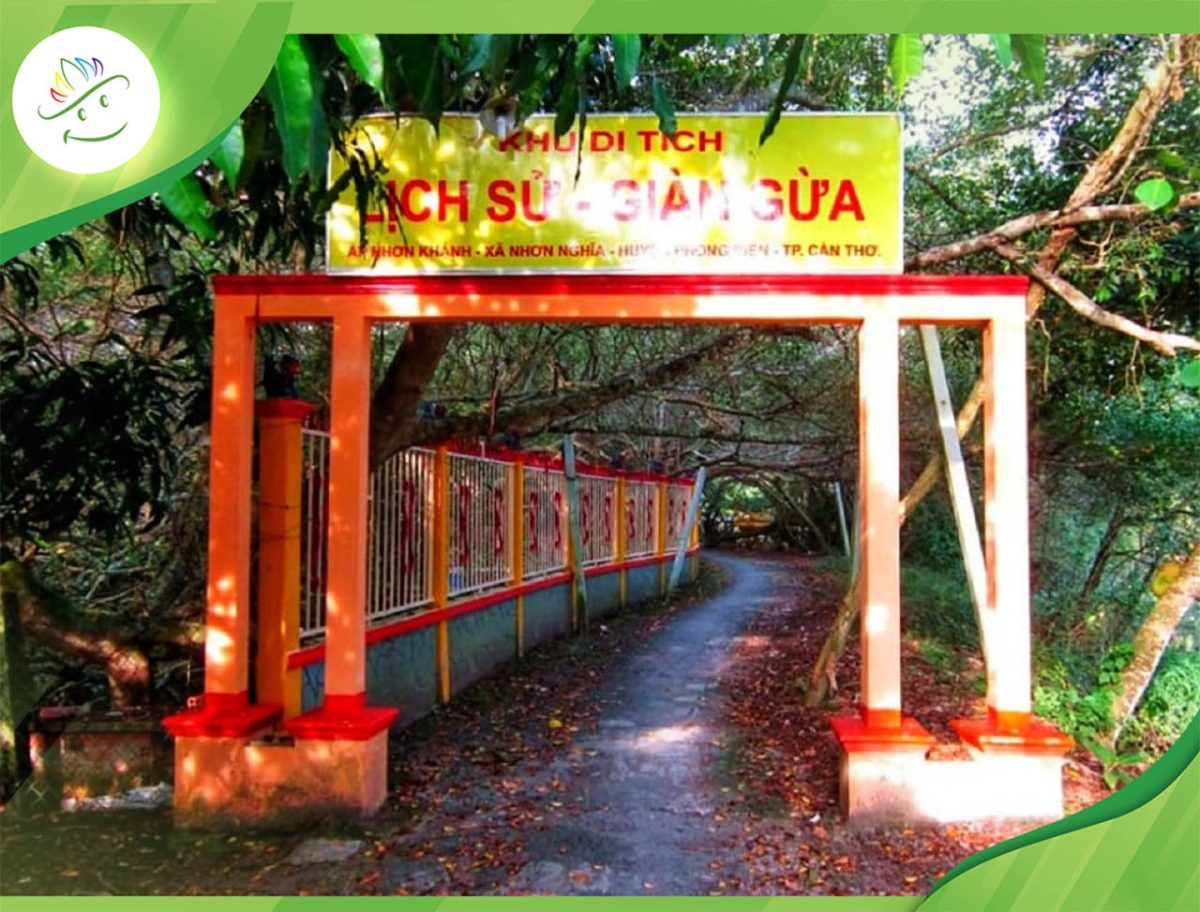
Gua trees (Malayan Banyan)
The Malayan banyan (Ficus microcarpa), a fast-growing native fig, is a species of wide ecological amplitude, meaning that it can grow in many habitats. This kind of tree usually lives in the wetlands of the Mekong Delta.
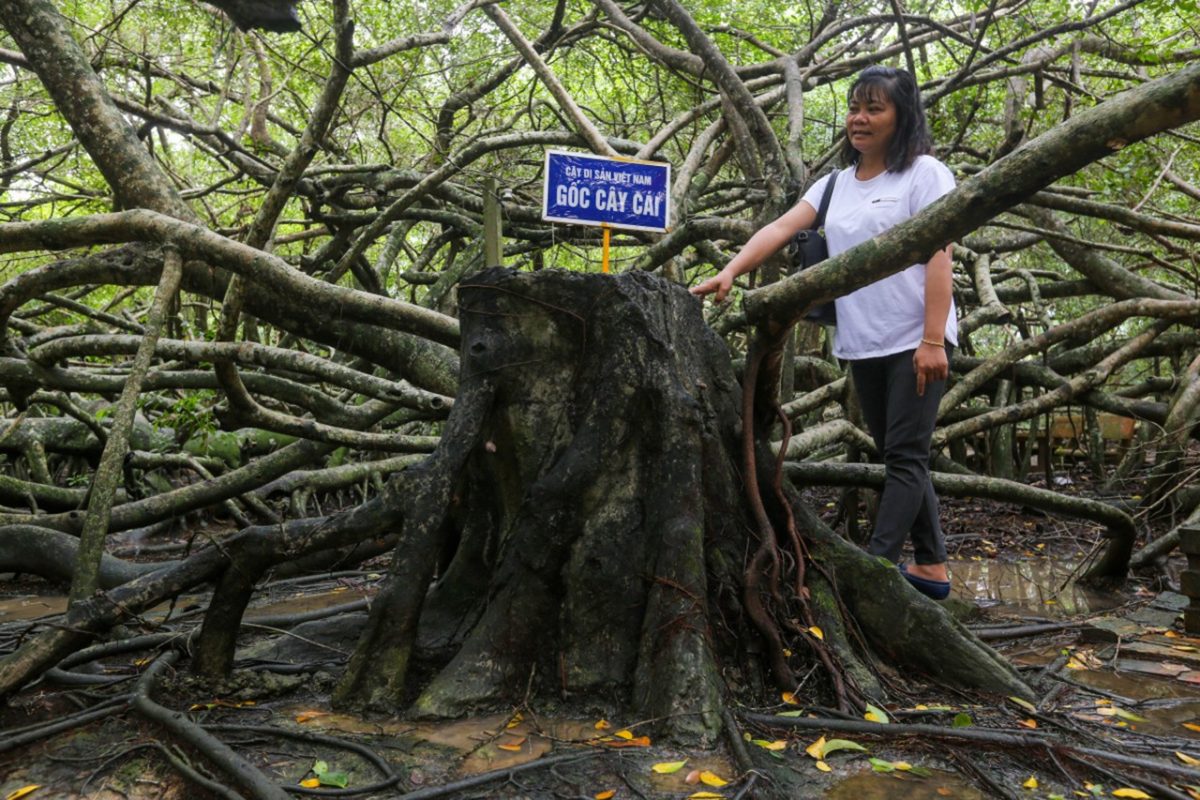
How can tourists get to the Gian Gua relic?
You can get to Gian Gua relic in 2 ways:
- First, go from Can Tho to Hau Giang, and turn onto Highway 61B (the way to Vi Thanh). Approaching Rach Sung Bridge, turn left. There will be a signpost to the giant Gian Gua relic in Phong Dien Can Tho.
- Second, from Can Tho to Phong Dien district, in the direction of Vong Cung road in My Khanh commune. Then take the ferry to Nhon Nghia commune, and ask the people nearby the way to the relic of Gian Gua Can Tho.
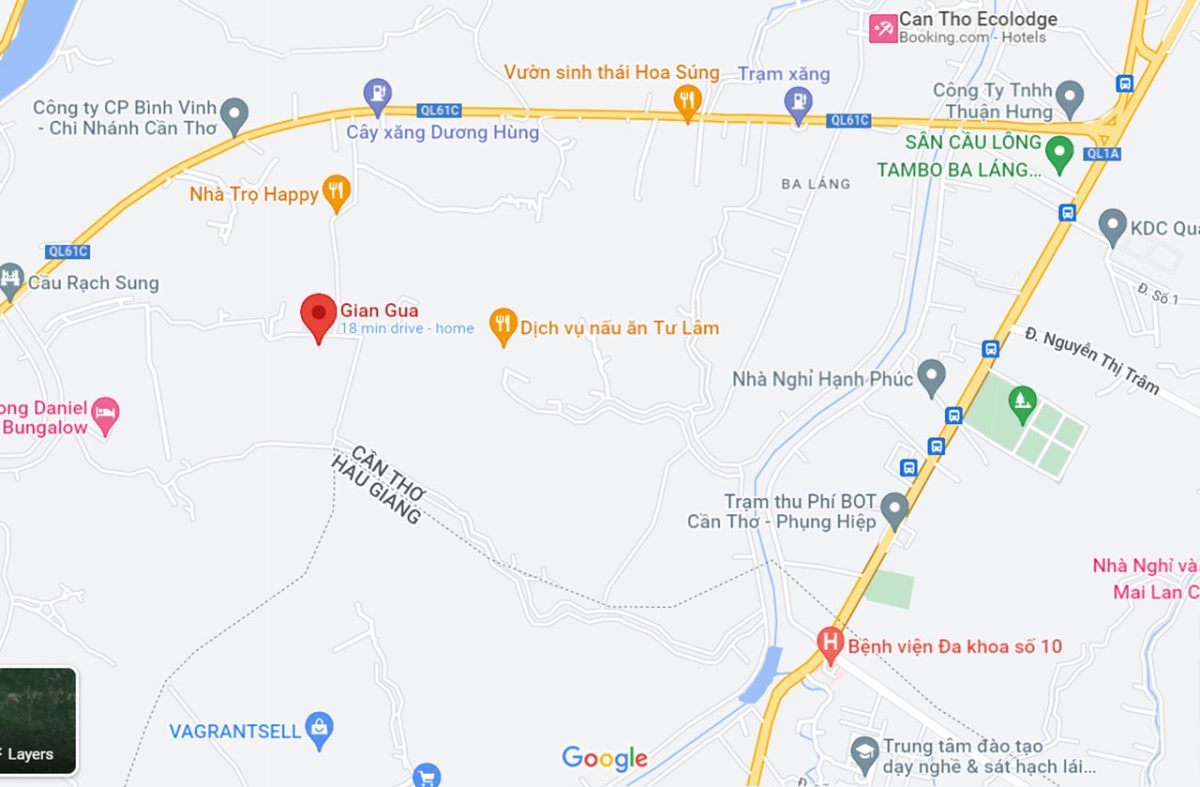
It is not difficult to get to the Gian Gua relic. Visitors can go along the main way
2. The legend of Gian Gua relic
According to the elders of the Nguyen family living in Nhon Nghia commune, Phong Dien district, many groups of people from the Tien River migrated to the Nhon Nghia commune in the mid-nineteenth century. One of them was a Nguyen family, then people often called the owner Mr. Ca.
Because the soil here was fertile, the family business developed more and more. Thus, their property increased. One day, when workers were conducting the expansion, a sudden fire occurred destroying the Gua forest. After that, an epidemic spread over the village. Villagers were impossible to cure, by all means; therefore, many of them died.
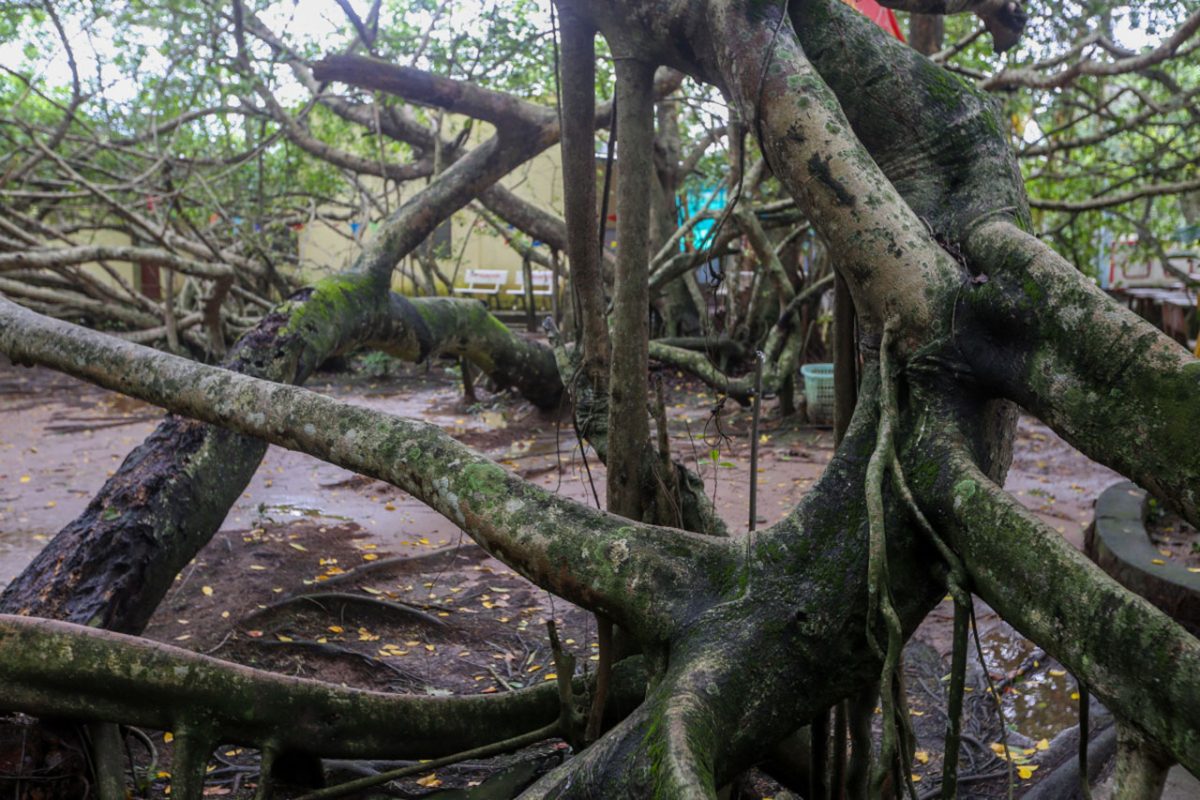
Fortunately, a Taoist from afar came to stop the epidemic and saved villagers. He acknowledged that the Gua trees forest here was a sacred land, the residence of Lady Thuong Dong Co Hi. He told the villagers that she was angry because she had no place to go. If the villagers wanted to settle down and have a peaceful career, they must replant the coconut tree and make an annual offering ceremony for her.
After six generations of descendants, the Nguyen family still tries to keep this land. They eternally take turns preserving and worshiping the mighty god.
3. The historical story of the Gian Gua relic
In Vietnam’s war, Gian Gua became an important military base for the People’s Army of Vietnam. Because of its remote location, it was a safe place for sheltering and preparing for the revolutionary forces. Many vital meetings were hosted inside the forest. In addition, the forces hid weapons, documents, training, and meeting soldiers of the South West Region Party Committee and Can Tho Provincial Party Committee.
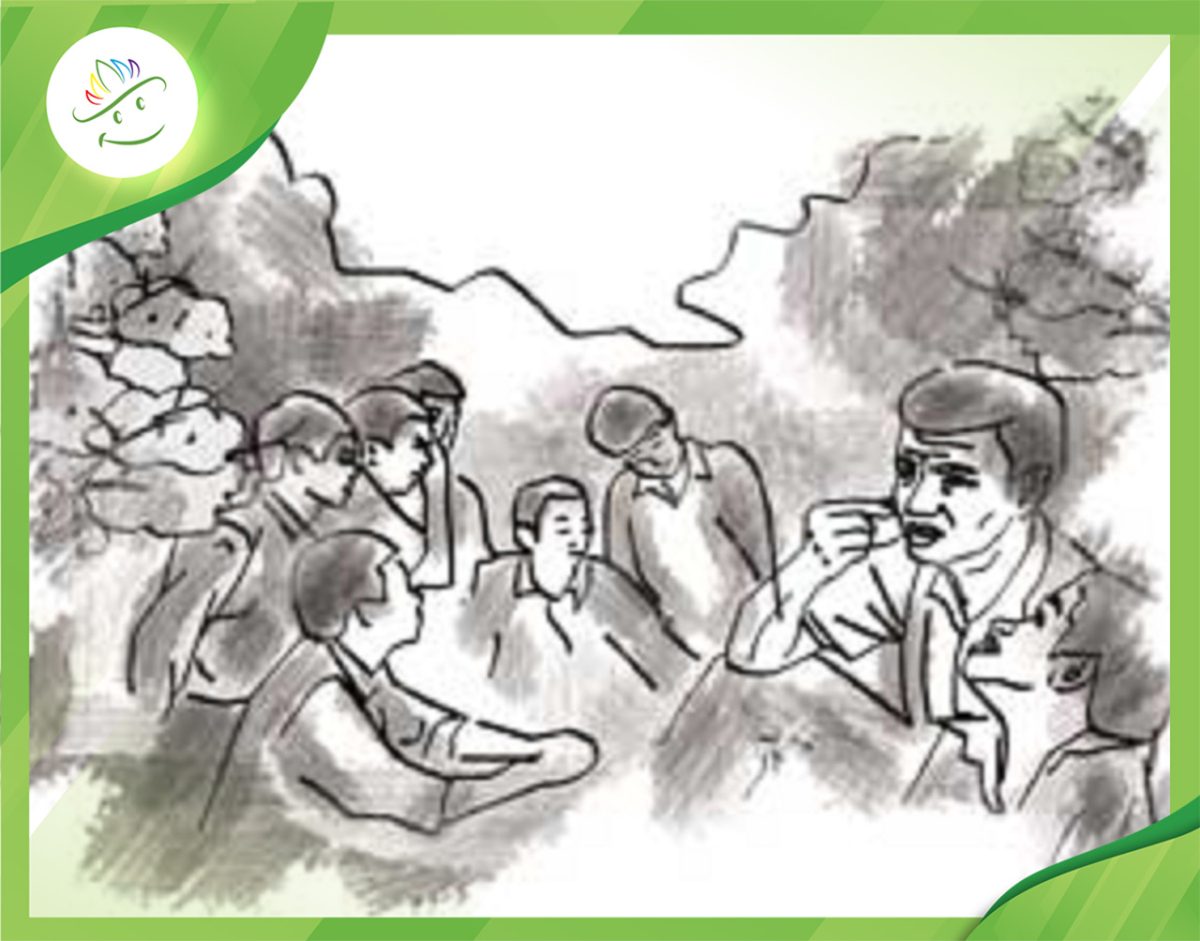
In 1961-1965, Gian Gua was chosen as a military base for training and training the inner city commandos. Also, they used the site to train the special forces of the South to prepare for the 1968 Spring Offensive and Uprising
The Can Tho Citadel chose Gian Gua as a place to hide weapons and ammunition. From Gian Gua, the revolutionary forces followed the Ba Tho canal. The South Vietnamese Liberation Army moved weapons to Rach Sung and Ba Hiep rivulets. Then, they went straight to Can Tho river to attack the headquarters of the United States and the Republic of Vietnam in Can Tho city.
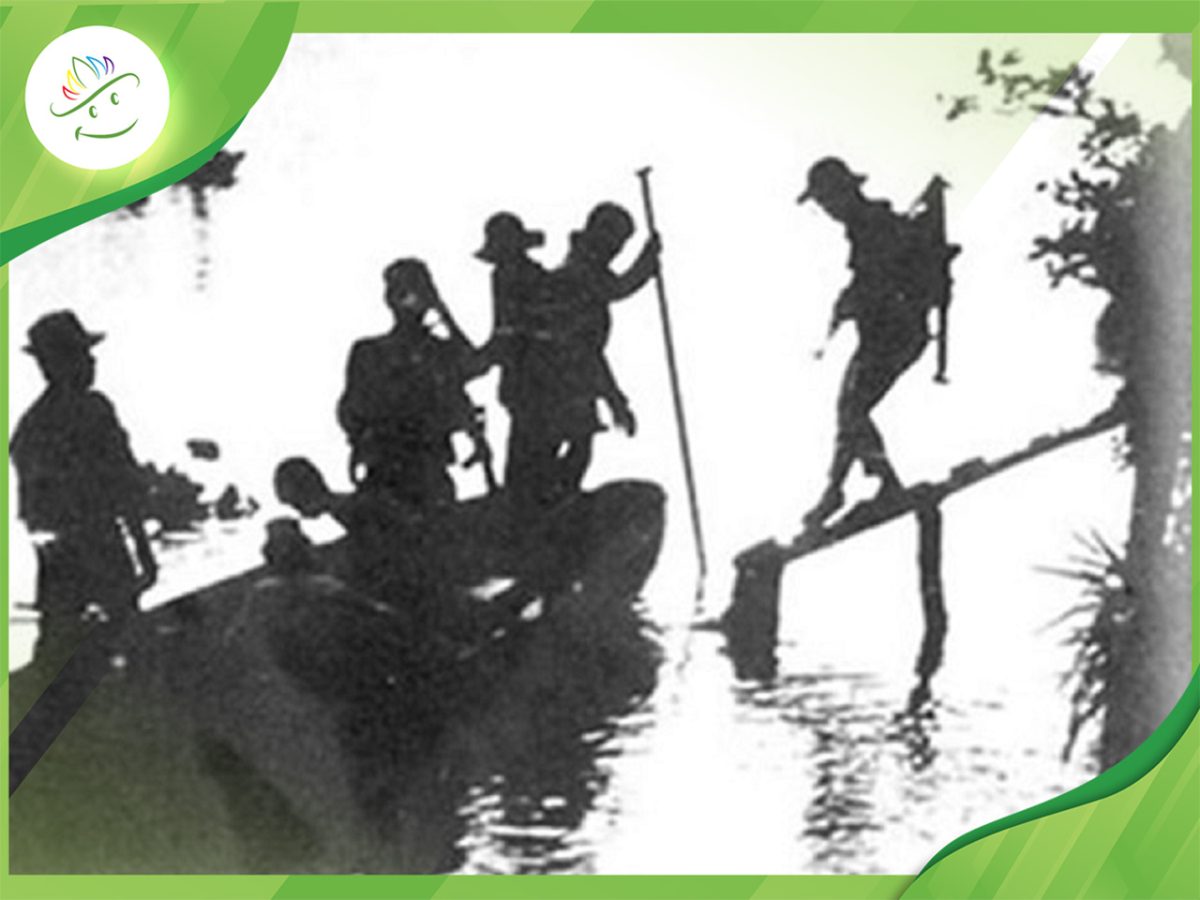
Finally, the Gian Gua forest was where Vietnamese soldiers gathered from the Ba Hiep canal to Xa No – Ba Huong to cross the Vong Cung road and liberate Cacntho in April 1975.
4. What to explore in the Gian Gua relic
The vast forest of Gua trees
No one knows about the origin of the Gua tree forest. Many old people said that the forest has existed and developed since they were kids.
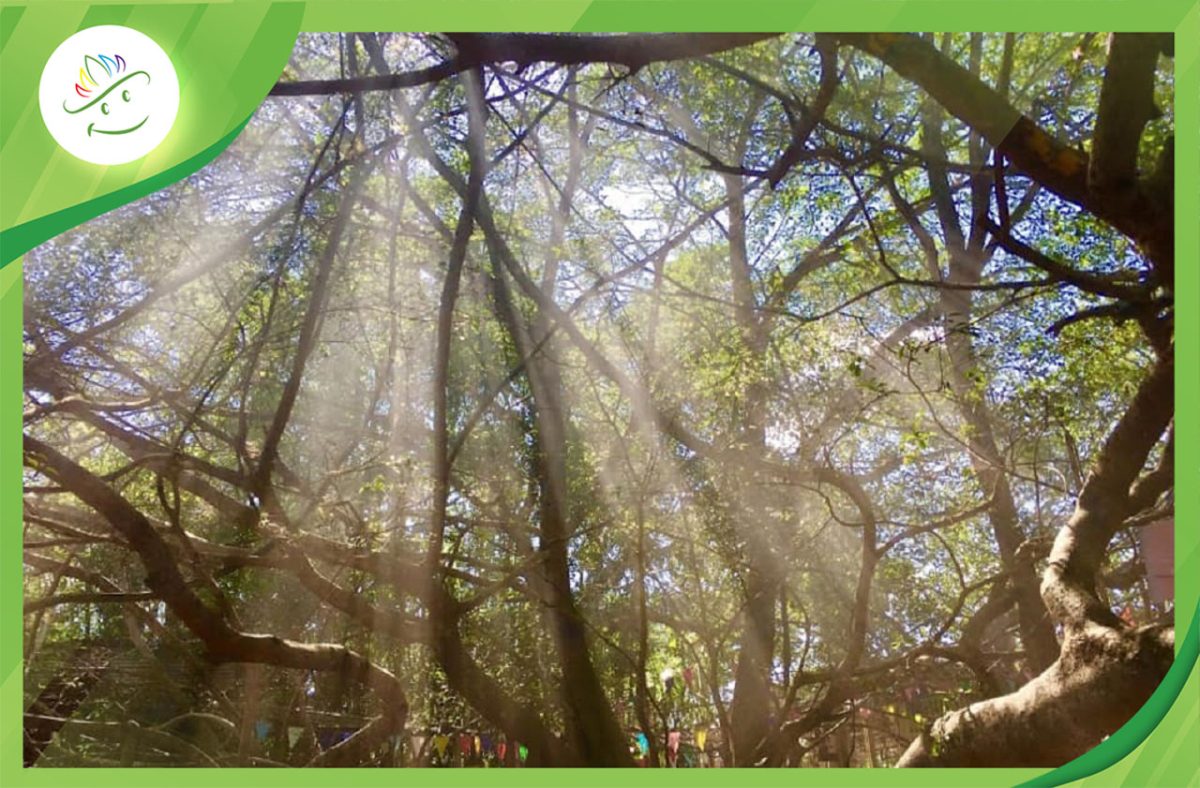
The previous area of the Gian Gua forest was quite large. However, after many bomb attacks, the remaining is just about 2,700 m2. Gian Gua relic has a unique beauty with large branches and a wide canopy. Especially, the roots of the trees entwine, creating a maze. Because of its mysterious look, many visitors love taking photos here.
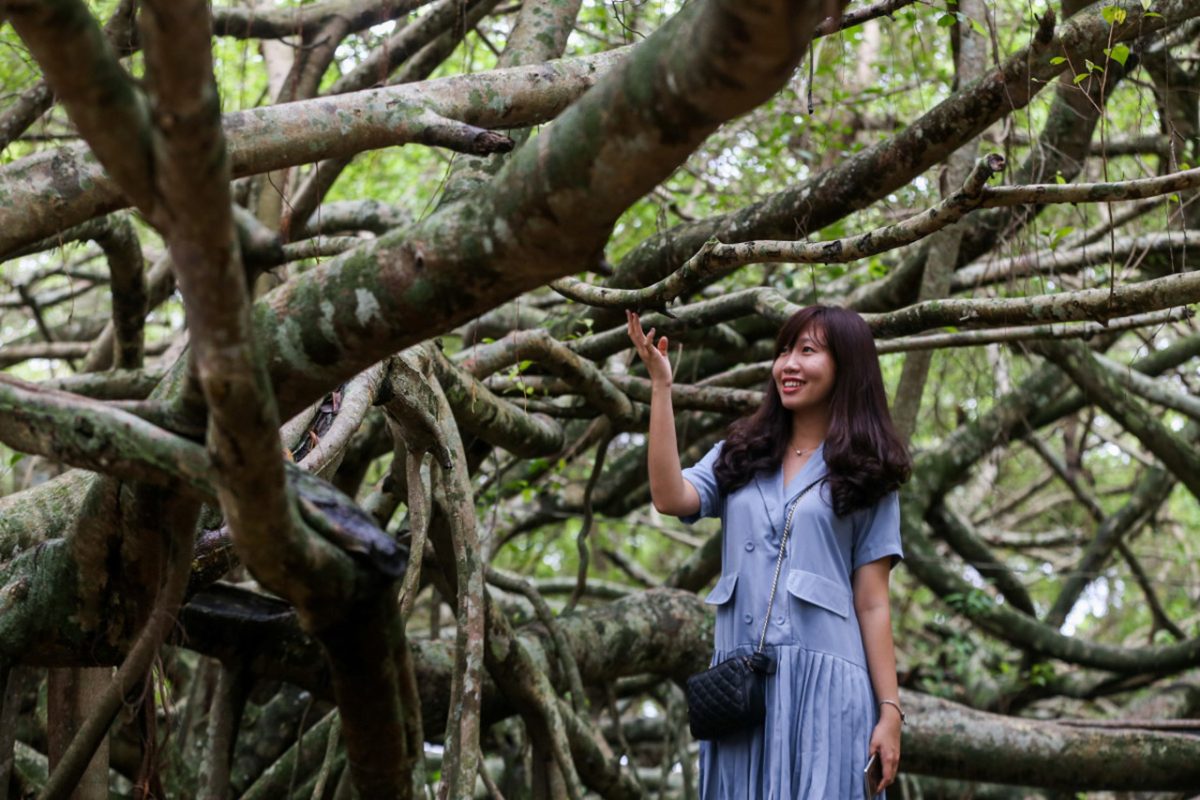
Nowadays, the Gian Gua relic has become a famous tourist destination in Phong Dien District, Cantho. Visiting the relic, tourists will feel overwhelmed by the wild and spectacular beauty of Gua trees.
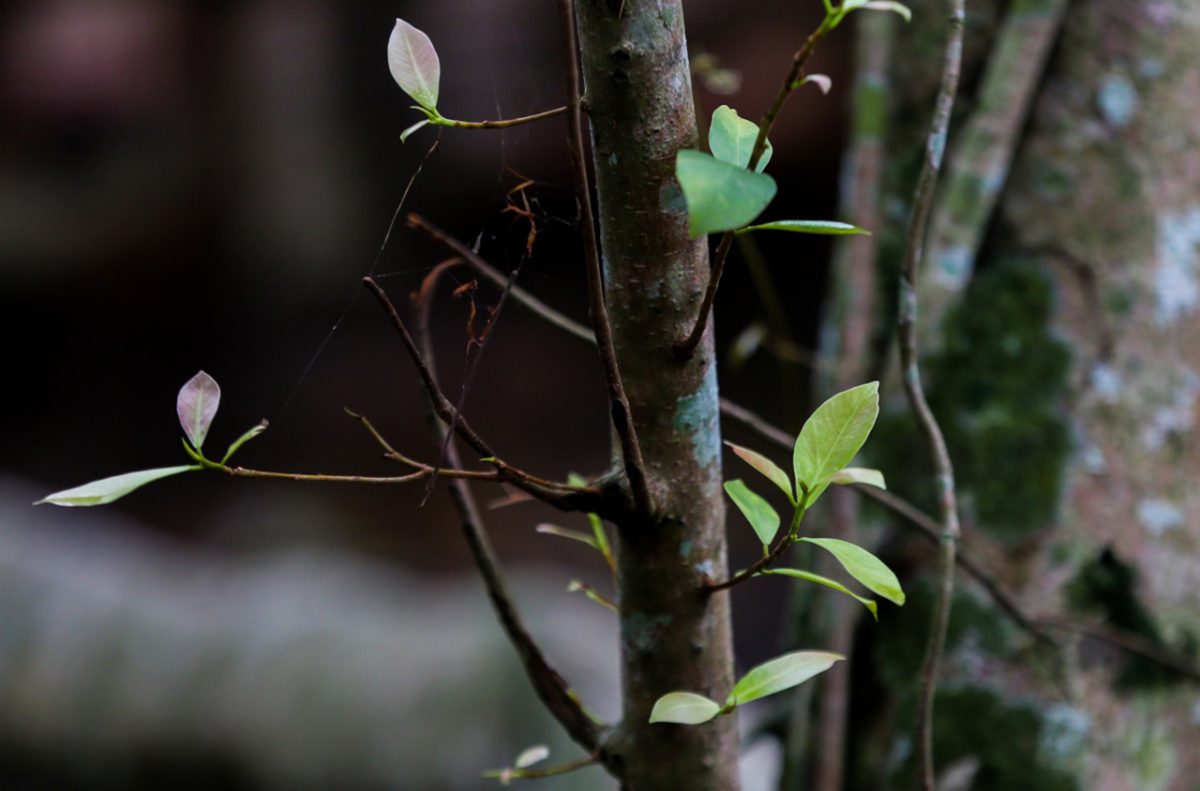
Although wars destroyed some parts of the forests, they still recovered and grew quickly just like the vitality of Vietnamese people during wartime. Under the shadow of the trees, visitors have a chance to enjoy the fresh air and the tranquility.
The Thuong Dong Co Hi ancient temple
The story of Lady Thuong Dong Co Hi
Lady Thuong Dong Co Hi is a traditional belief of Vietnamese fishermen living in coastal regions such as Binh Thuan and Nam Trung Bo. When moving to the South of Vietnam, they built Thuong Dong Co Hi temples to worship her because of her mighty power and support. Thuong Dong Co Hi is a special god because she represents both the good and the bad.
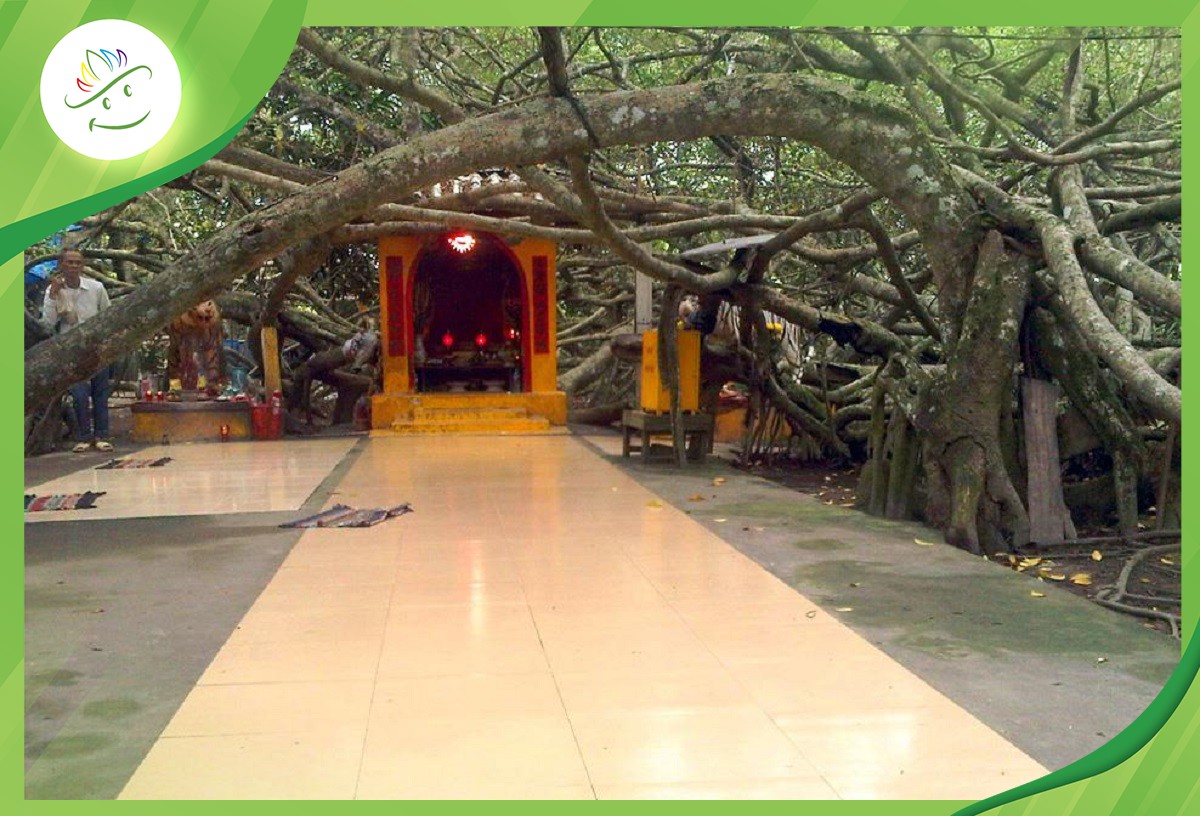
There was a local story about her. She was born an orphan in the coastal region of Quang Nam. Then a kind man adopted her, and they lived together. However, some cruel ones rumored that she and her adopted father had an inappropriate relationship. Villagers forced her to stay in a cage and threw her into the sea.
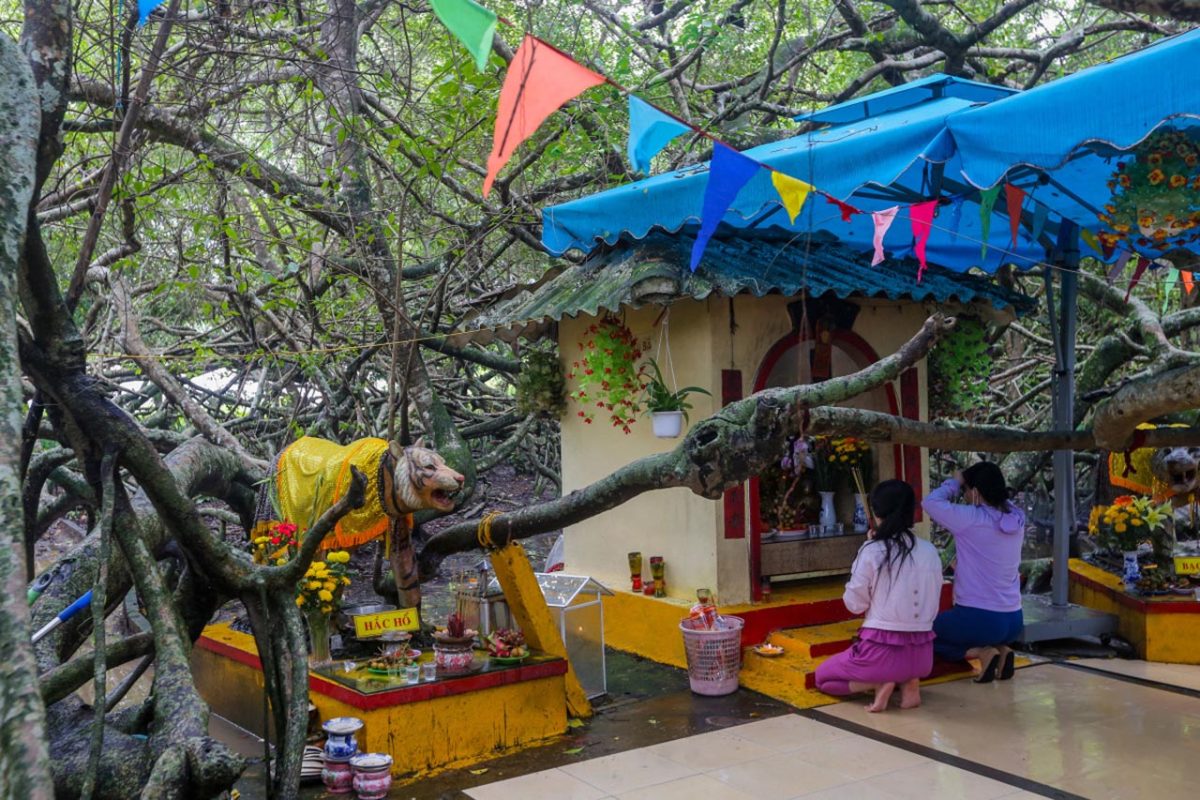
The flow of the sea washed her corpse up to the Ca Na region. After that, people buried and worshipped her inside a temple on the hill. Since then, her spirit would help miserable people but punish the cruel ones. After the fire, people built a shrine to worship Lady Thuong Dong Co Hi because they believed that she would bring prosperity to the land and bless them to settle down. To the villagers, she is their goddess and their benefactor.
Both sides of the shrine have the status of white and black lions. They are responsible for protecting the shrine and preventing unluckiness from the local people.
5. Important festivals of Gian Gua relic
There are 3 important ceremonies and festivals organized in the Gian Gua relic. The anniversary is held on Vietnam’s War Invalids and Martyrs Day on July 27. Besides, people also celebrate Vietnam People’s Army Day. On this occasion, people will express their gratitude to Uncle Ho and the heroes sacrificing their lives for Vietnam’s peace. The last one is the anniversary of Thuong Dong Co Hi lady and gods on February 28 (Lunar Calendar). The relic welcomes thousands of visitors each year.
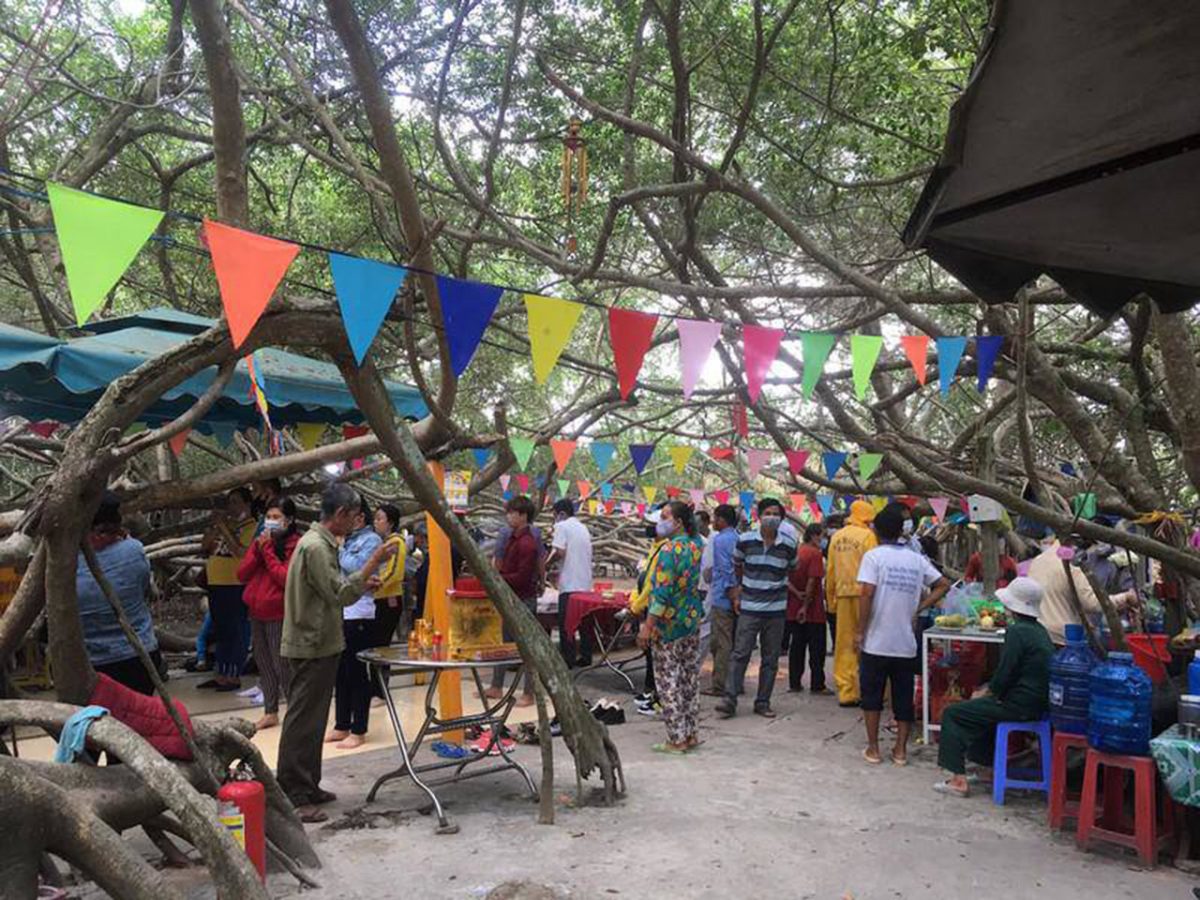
On these occasions, local people gather and organize the anniversaries
6. National recognition of its historical values
In April 2013, the Gian Gua relic was recognized by the Can Tho city government as a city-level historical and cultural relic. On June 13, 2013, the old coconut tree was recognized by the Vietnam Association for the Protection of Nature and Environment as a Vietnam Heritage Tree. This has both the meaning of preserving ancient genes for typical plants in the Mekong Delta. Recently, the local government and people have also created a temple to worship President Ho Chi Minh and the temple of 12 sacrificed girls at Dong Loc junction on the campus to show gratitude.
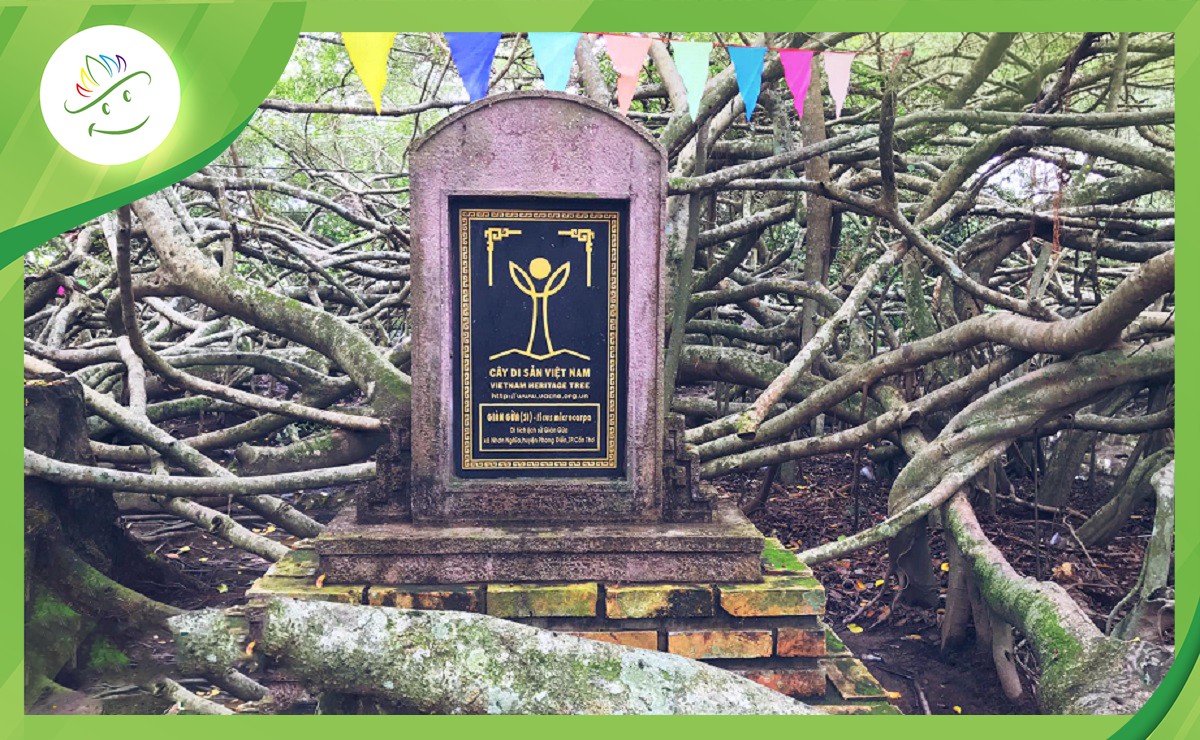
7. Other nearby destinations to visit in the Phong Dien district
My Khanh Tourist Village
My Khanh tourist village is at 335 Lo Vong Cung Street, Phong Dien District, about five kilometers from Can Tho City by road or river. There are many interesting activities that tourists can experience in the tourist village. In particular, visitors have a chance to dress as rich landlords in the old time by renting costumes. Otherwise, spending a day as a farmer is also a memorable experience for visitors. In this activity, you can work and prepare meals as southern farmers in the past.
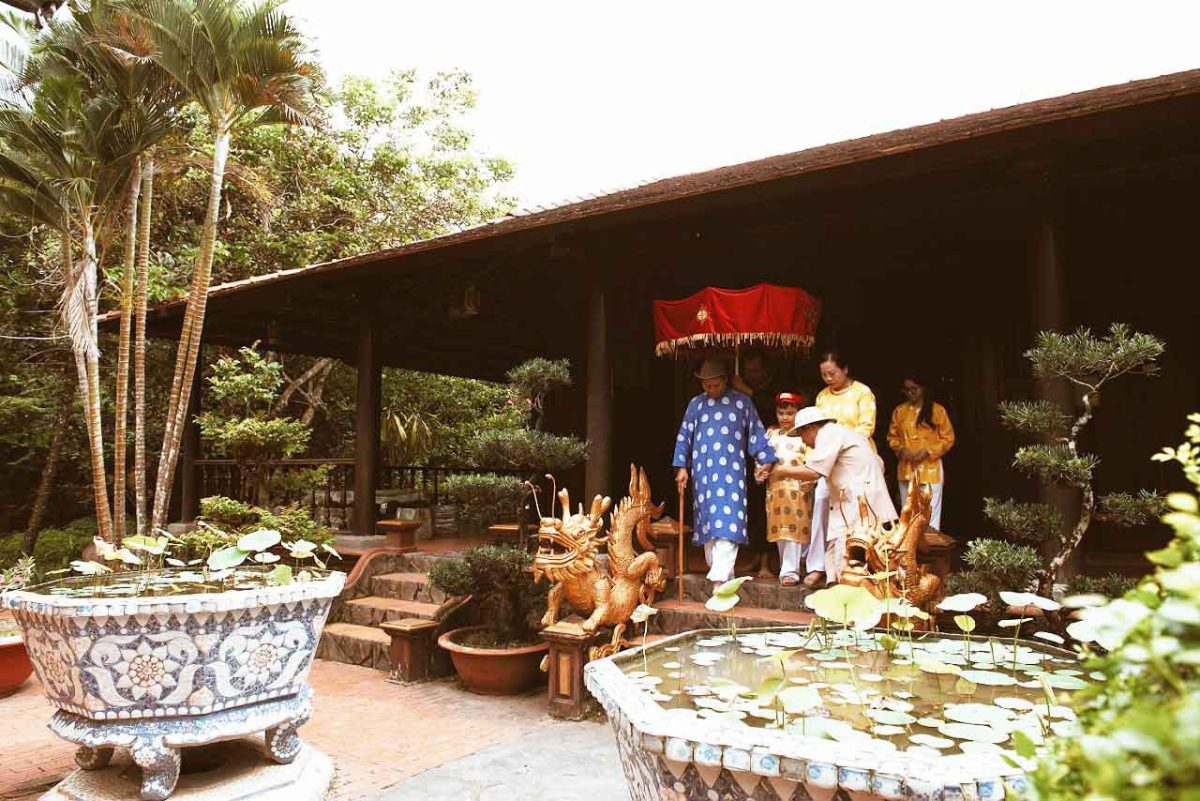
Truc Lam Phuong Nam Zen Monastery
Situated just a few miles from My Khanh Tourist Village, Truc Lam Phuong Nam Zen Monastery is a peaceful and sacred monastery with many sophisticated Buddha statues. The religious site has a large area and a spacious campus with many different sections.
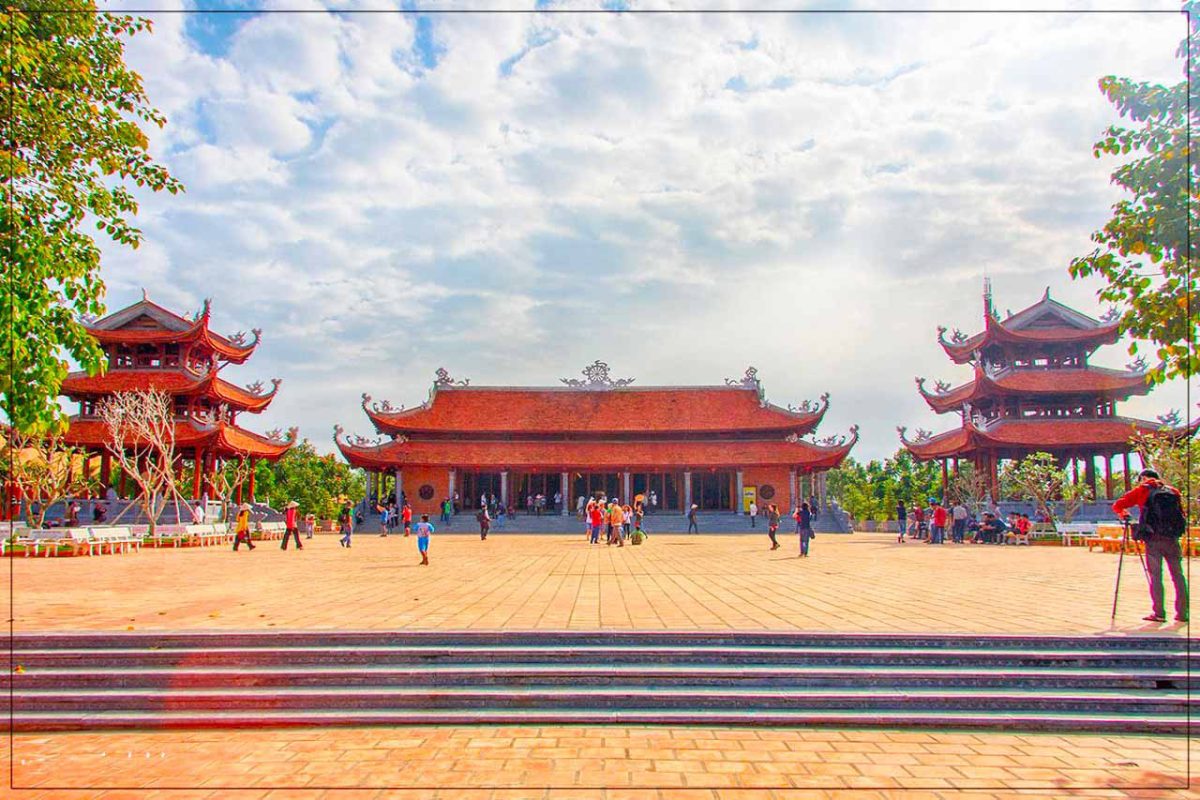
The main building material of the monastery is Ironwood, one of the most precious wood trees in Vietnam. Its features are hard, strong, heavy wood that is not attacked by termites and weather. Wandering around the pagoda, visitors can enjoy the fresh air, the smell of incense, and the sounds of wooden wind chimes.
Orchard fruits
Additionally, visitors can drop by many fruit gardens to enjoy the tropical fruits of the Mekong Delta. In the orchards, they can see how farmers take care of their fruits, walk around the lush garden, and pick fruits from the trees. One of the most popular fruits in Phong Dien is the Ha Chau strawberry. Its taste is a harmonious combination of sour and sweet flavors.
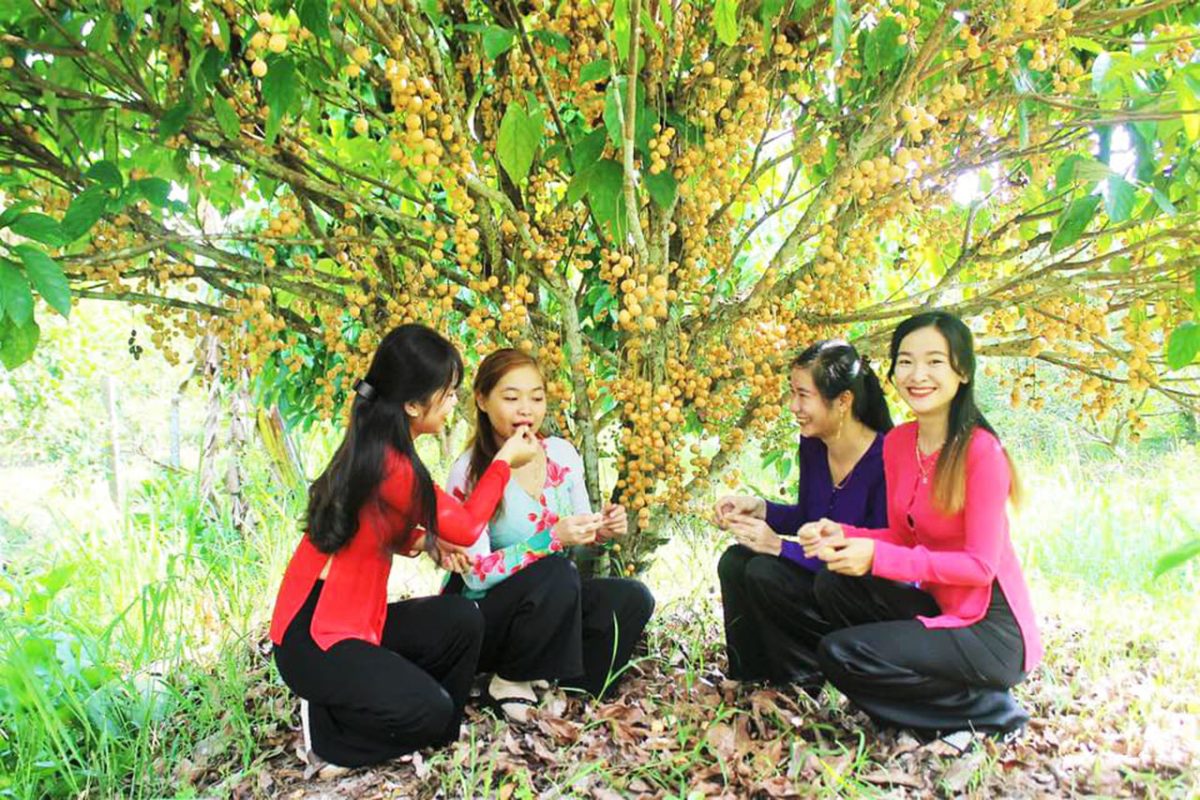
Lung Tram Ecotourism area
Another place that you can visit is the Lung Tram Ecotourism area, situated on Highway 61C, Nhon Khanh Hamlet, Nhon Nghia Commune. This area consists of a lot of green trees and ponds so it is an ideal place to relax after a long journey. Besides, there are many activities that visitors can attend inside this ecotourism area such as go fishing, catching fish, and others.
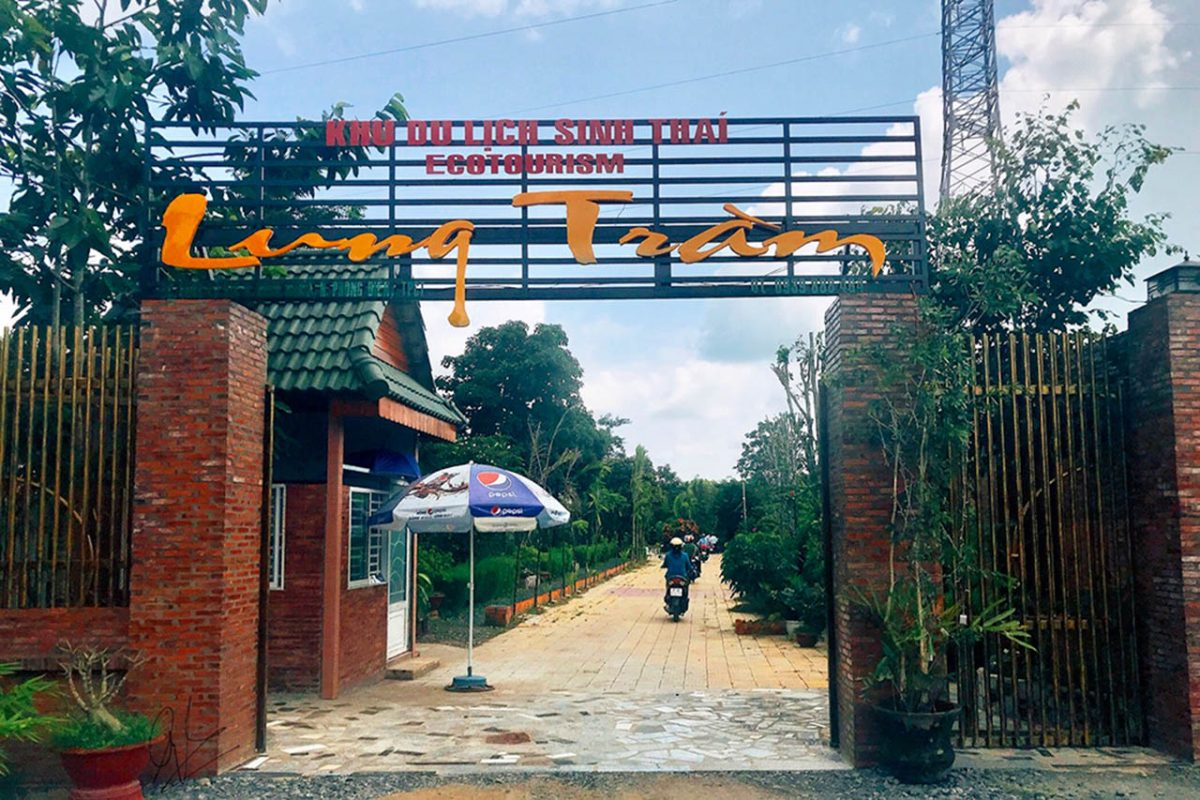
Phong Dien floating market
Apart from Cai Rang floating market, Phong Dien floating market is also an attraction of the Phong Dien district as well as Cantho. The Phong Dien floating market is more local with fewer boats and traders. Also, this market is much more tranquil because there are not many tourist activities. If you love to enjoy the sunset in a peaceful atmosphere, the place will be an ideal option. The market normally opens early between 4 A.M and 7 A.M.

Source: https://vi.wikipedia.org/wiki/Khu_di_t%C3%ADch_l%E1%BB%8Bch_s%E1%BB%AD_Gi%C3%A0n_G%E1%BB%ABa


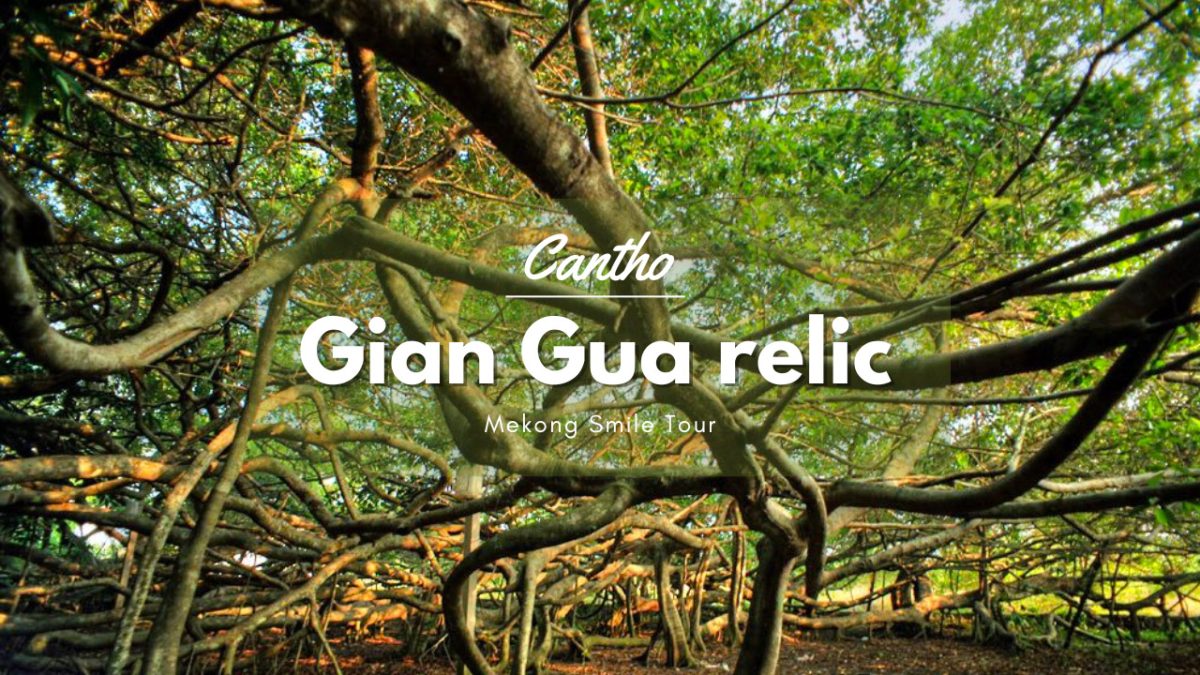
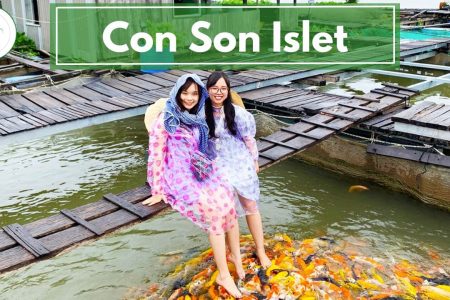
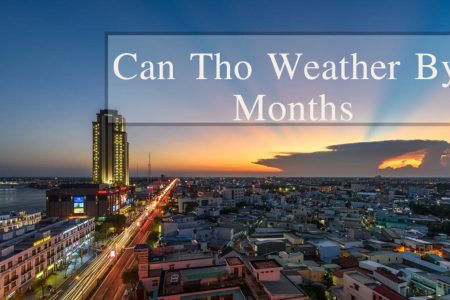

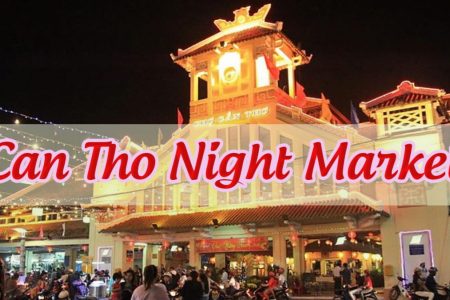
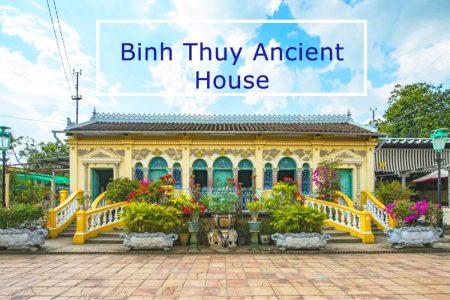

0 Comment